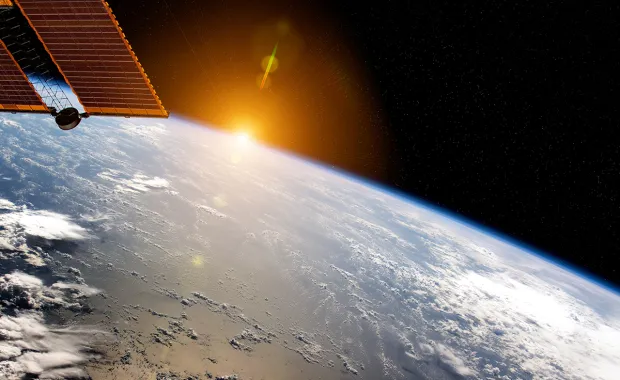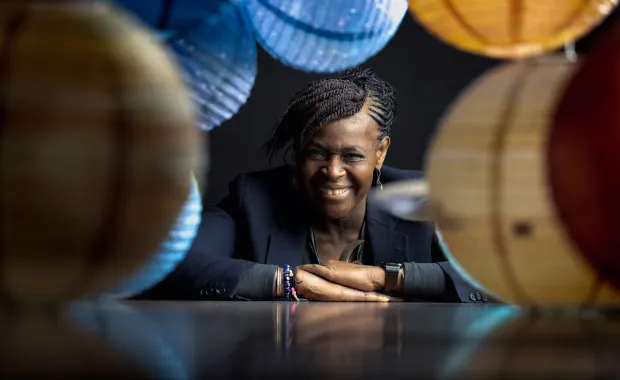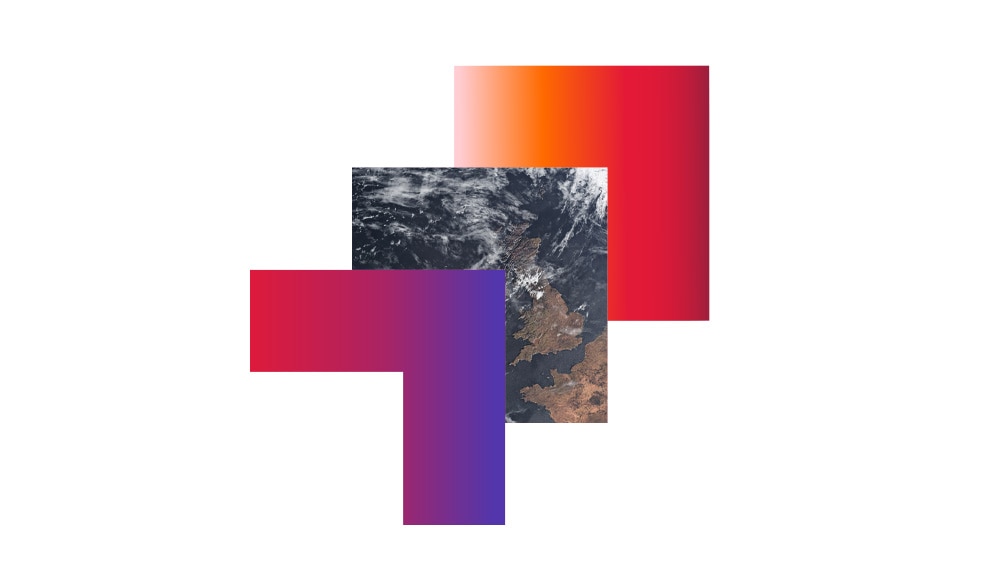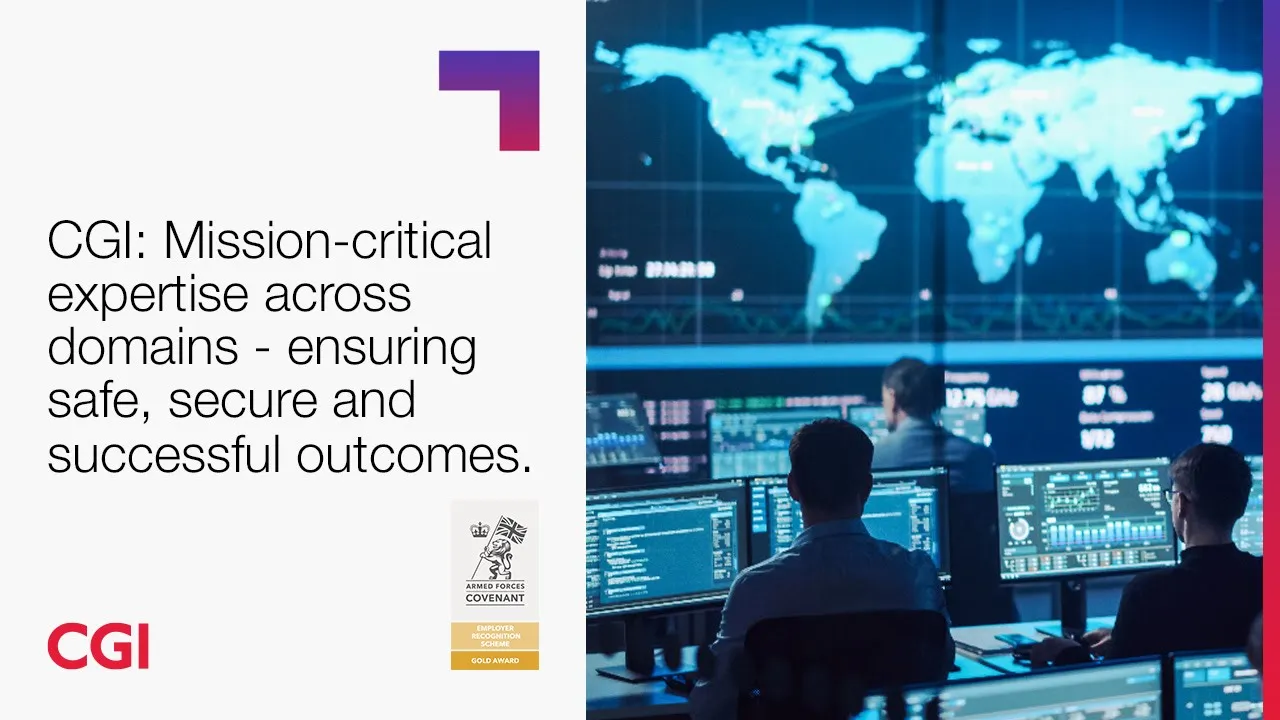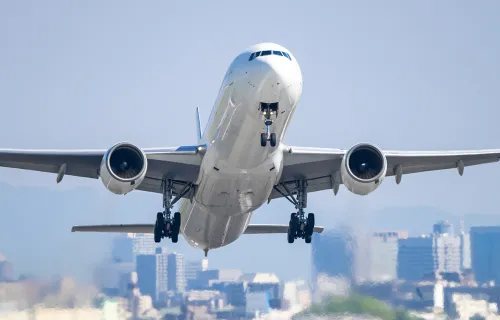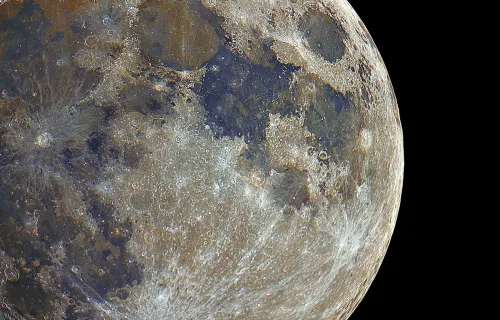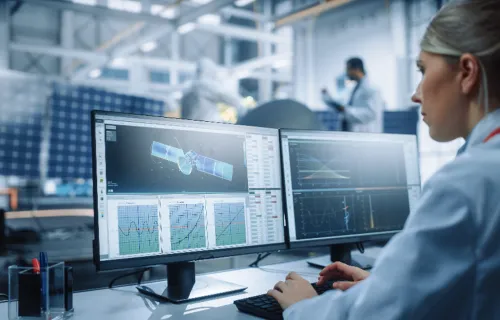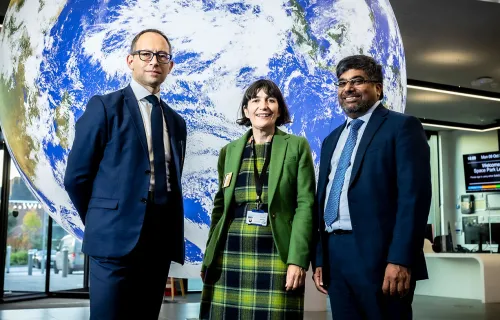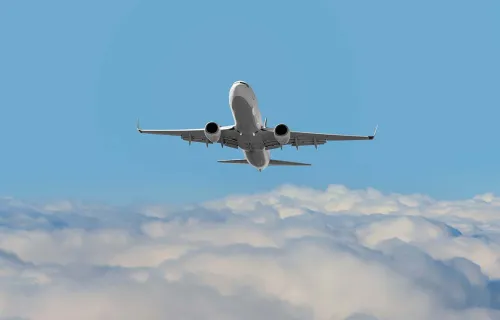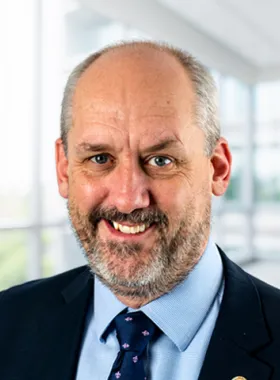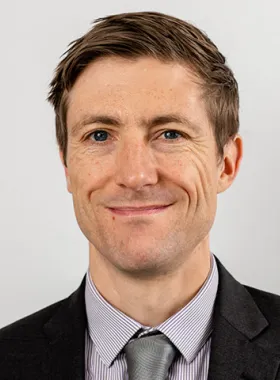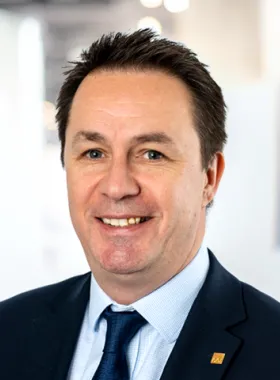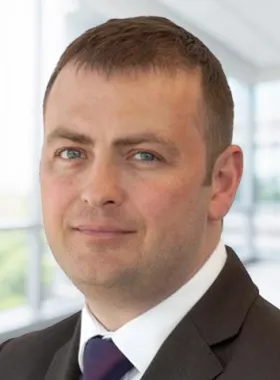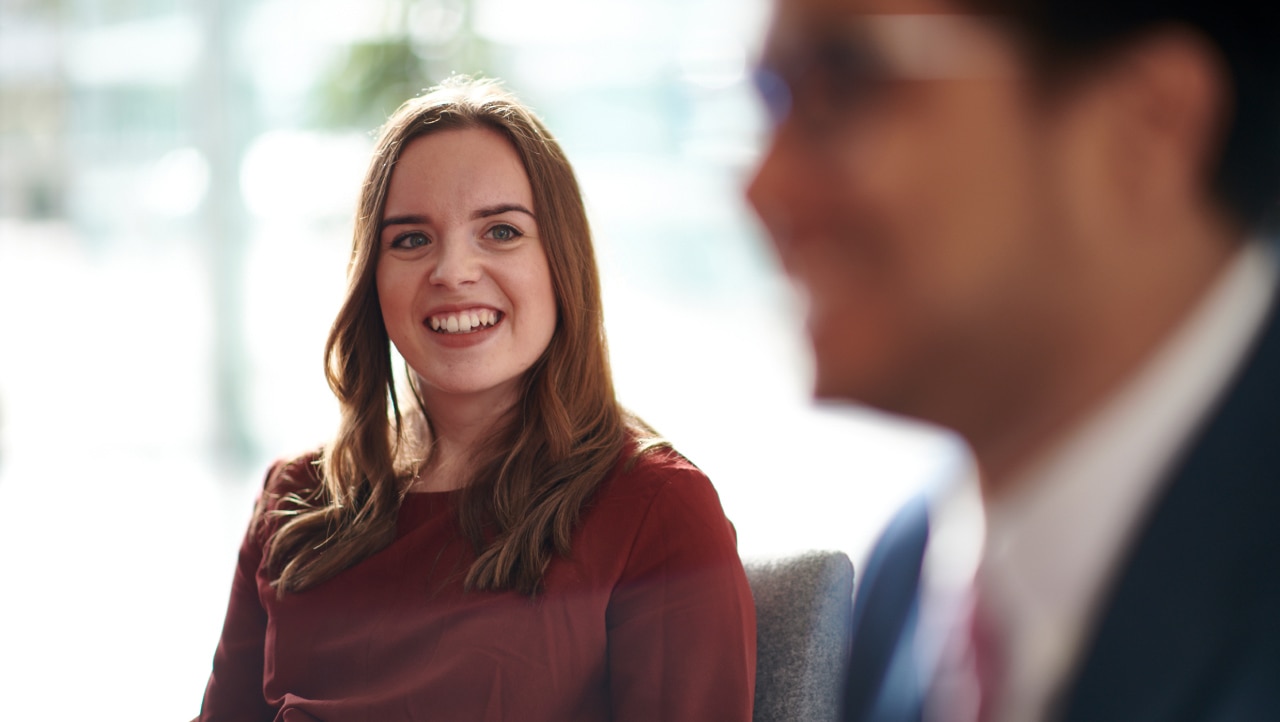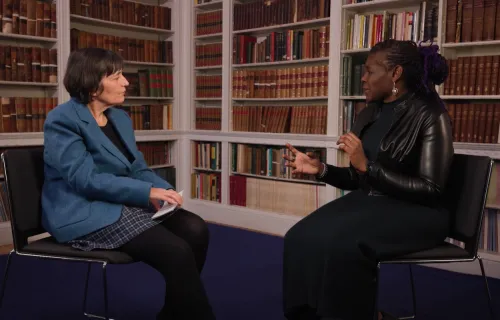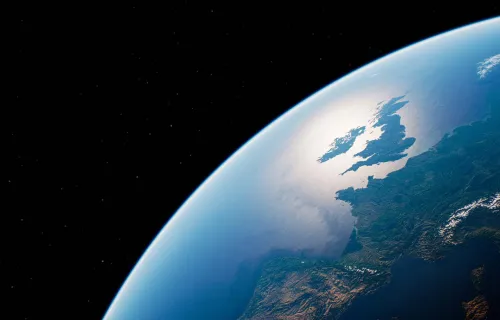Neil
Timms
has
led
the
UK
Space,
Defence
and
Intelligence
Business
Unit
since
October
2017.
A
CGI
partner
in
our
defence
business
for
some
20
years
prior
to
that,
Neil
initially
managed
our
military
air
account
and
over
the
years
...
Dr Jaime Reed
Vice President Consulting Services, Space Data Platforms and Applications
Jaime
enjoys
working
with
clients
to
invent
and
deliver
the
space
services
of
the
future.
He
leads
Space
Data
Platforms
and
Applications
team
for
CGI
in
the
UK
and
Australia.
We
deliver
a
range
of
services
for
satellite
operators
including
...
John Hanley
Senior Vice President - Secure Mission Critical Solutions CGI UK & Australia
John
is
Senior
Vice
President
and
lead
for
the
Secure
Mission
Critical
Solutions
Sector
at
CGI
UK.
He
is
also
treasurer
of
UKSpace
having
previously
been
the
chair
of
the
industry
body,
the
official
trade
association
of
the
UK
space
...
Shaun Stretton
Senior Vice President, Command and Information Solutions UK and Australia
Shaun
leads
the
UK
and
Australian
Command
and
Information
Solutions
Sector
within
CGIs
Space,
Defence
and
Intelligence
Business
Unit.
He
has
over
30
years
experience
in
the
Space
and
Defence
arena
having
served
in
the
British
Army’s
Royal
Corps
of
...
